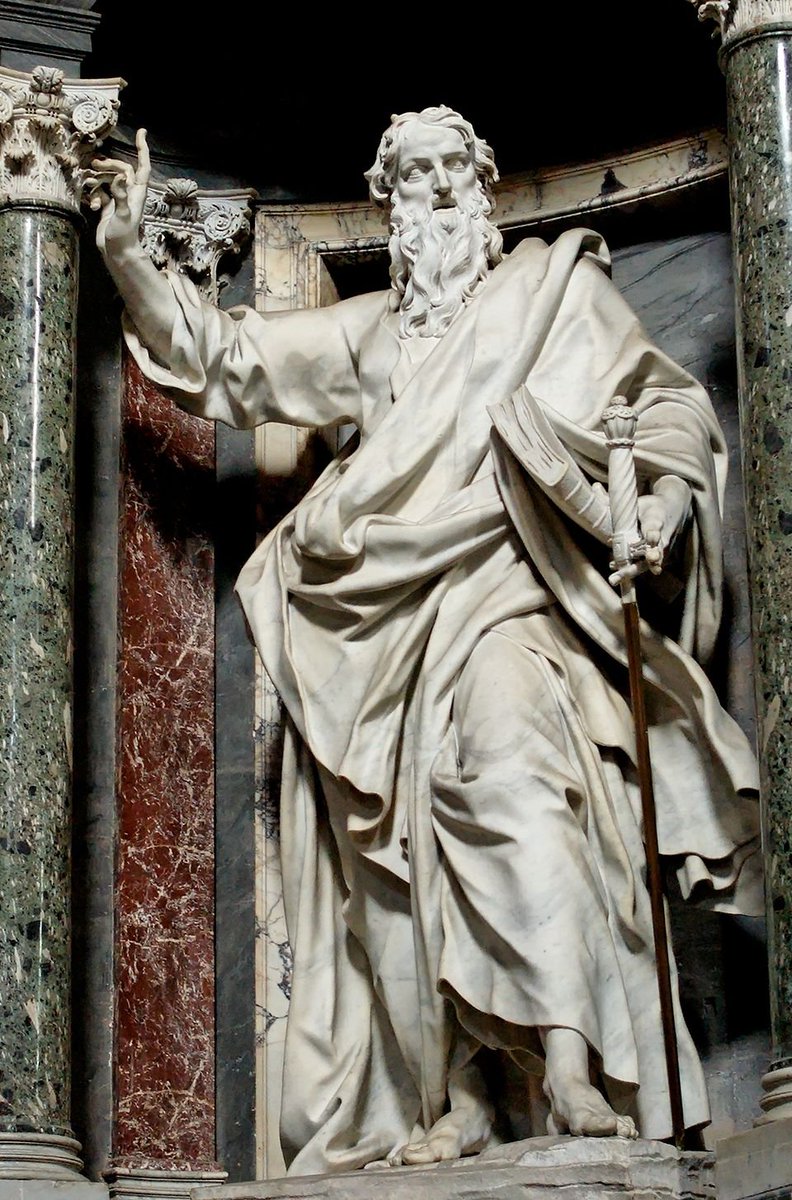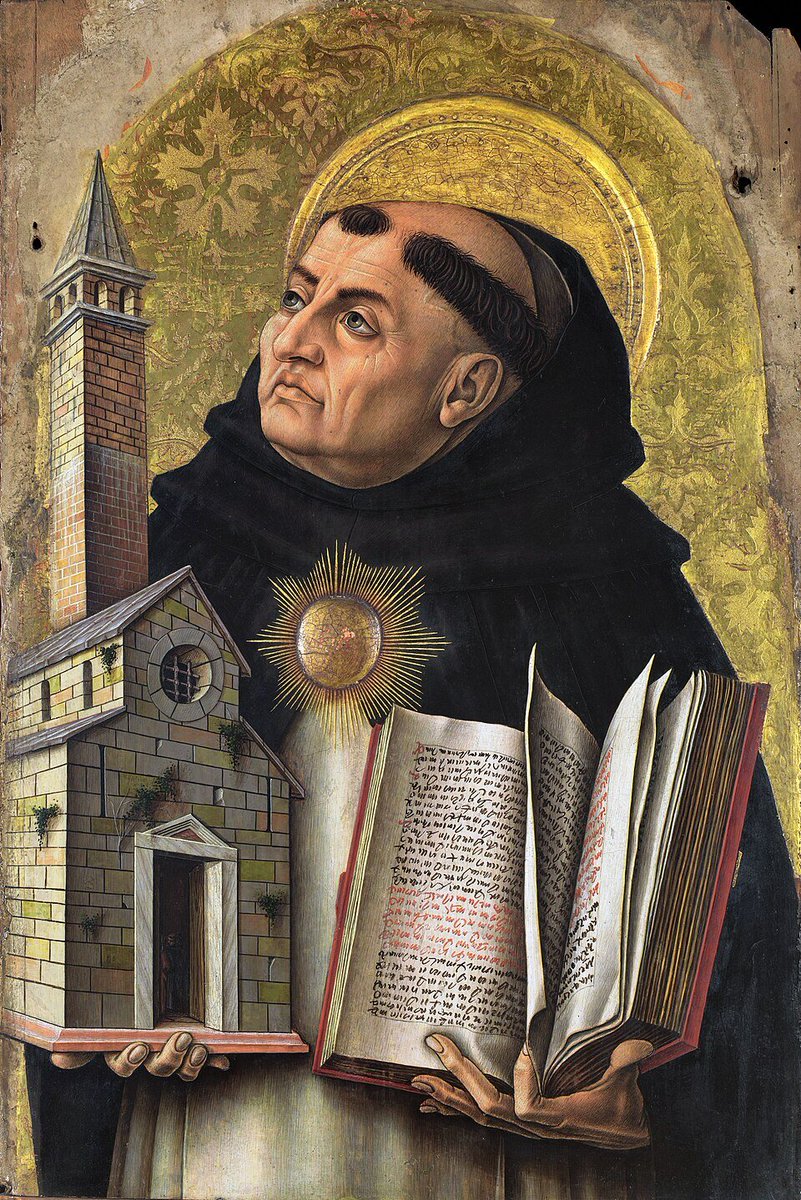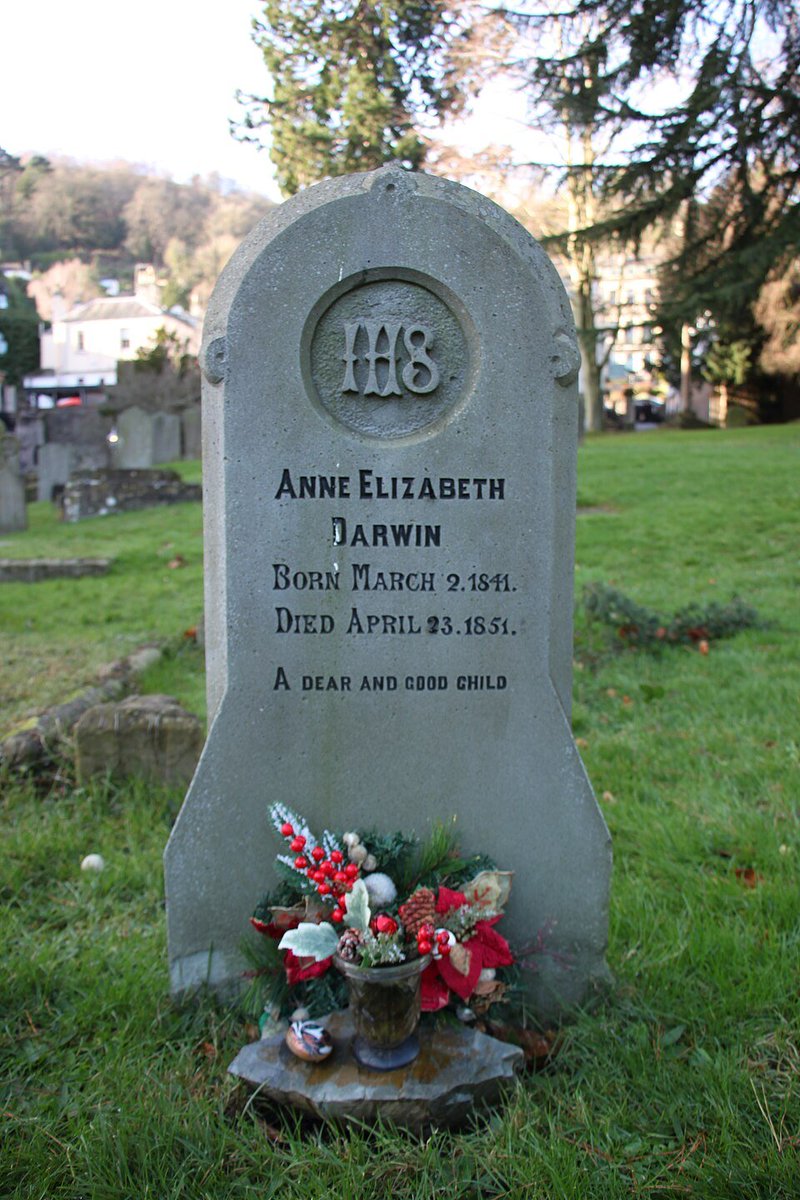The Greatest Minds to Have Ever Lived (A Four-Part Series) - Part 4
Here are luminaries who have laid the foundations for the arts, philosophy, and the sciences that continue to shape our world.
Let's look at how they were immortalized in art.🧵⤵️
Here are luminaries who have laid the foundations for the arts, philosophy, and the sciences that continue to shape our world.
Let's look at how they were immortalized in art.🧵⤵️

Hippocrates
Known as the "Father of Medicine," Hippocrates was an ancient Greek physician who established a systematic approach to clinical medicine and set ethical standards for medical practice, as encapsulated in the Hippocratic Oath.
Known as the "Father of Medicine," Hippocrates was an ancient Greek physician who established a systematic approach to clinical medicine and set ethical standards for medical practice, as encapsulated in the Hippocratic Oath.

Ibn Khaldun
Ibn Khaldun was a North African Arab historiographer and historian who is often regarded as one of the forerunners of modern historiography, sociology, and economics. His best-known work, the "Muqaddimah" (Introduction to History), is admired for its insightful analysis of historical processes and for laying the foundations of several social science disciplines.
Ibn Khaldun was a North African Arab historiographer and historian who is often regarded as one of the forerunners of modern historiography, sociology, and economics. His best-known work, the "Muqaddimah" (Introduction to History), is admired for its insightful analysis of historical processes and for laying the foundations of several social science disciplines.

Johann Sebastian Bach
Bach was a German composer and musician whose mastery of counterpoint and harmony in works like the "Brandenburg Concertos" and "St. Matthew Passion" has profoundly shaped classical music, leaving an indelible mark on music theory and composition.
Bach was a German composer and musician whose mastery of counterpoint and harmony in works like the "Brandenburg Concertos" and "St. Matthew Passion" has profoundly shaped classical music, leaving an indelible mark on music theory and composition.

Charles Darwin
Darwin was an English naturalist whose theory of evolution through natural selection, detailed in his book "On the Origin of Species," radically transformed biological sciences by providing a unifying explanation for the diversity of life.
Darwin was an English naturalist whose theory of evolution through natural selection, detailed in his book "On the Origin of Species," radically transformed biological sciences by providing a unifying explanation for the diversity of life.

Simone de Beauvoir
De Beauvoir was a French existentialist philosopher whose seminal work "The Second Sex" offered a profound analysis of women's oppression, laying the intellectual foundation for the modern feminist movement.
De Beauvoir was a French existentialist philosopher whose seminal work "The Second Sex" offered a profound analysis of women's oppression, laying the intellectual foundation for the modern feminist movement.

Thomas Edison
An American inventor and businessman, Edison's creation of the first practical incandescent light bulb and development of electric power generation and distribution systems revolutionized everyday life.
An American inventor and businessman, Edison's creation of the first practical incandescent light bulb and development of electric power generation and distribution systems revolutionized everyday life.

Alexander Graham Bell
Bell was a Scottish-born inventor whose invention of the telephone transformed global communication and he also made significant contributions to the education of the deaf and hard of hearing.
Bell was a Scottish-born inventor whose invention of the telephone transformed global communication and he also made significant contributions to the education of the deaf and hard of hearing.

Benjamin Franklin
Franklin was one of the Founding Fathers of the United States, and his inventions, such as the lightning rod, and his experiments with electricity have had lasting impacts on science and technology.
Franklin was one of the Founding Fathers of the United States, and his inventions, such as the lightning rod, and his experiments with electricity have had lasting impacts on science and technology.

Rabindranath Tagore
Tagore was a Bengali polymath who reshaped literature and music in India, and as a Nobel laureate in Literature, he brought Indian culture to a global audience.
Tagore was a Bengali polymath who reshaped literature and music in India, and as a Nobel laureate in Literature, he brought Indian culture to a global audience.

Wangari Maathai
Maathai was a Kenyan environmental activist and the founder of the Green Belt Movement, an environmental organization that has planted over 50 million trees. She was also the first African woman to receive the Nobel Peace Prize for her contribution to sustainable development, democracy, and peace.
Maathai was a Kenyan environmental activist and the founder of the Green Belt Movement, an environmental organization that has planted over 50 million trees. She was also the first African woman to receive the Nobel Peace Prize for her contribution to sustainable development, democracy, and peace.

Sor Juana Inés de la Cruz
A self-taught scholar and poet of the Baroque school, Sor Juana was a nun in New Spain (now Mexico) who advocated for women’s rights and education, becoming one of the first published feminist writers.
A self-taught scholar and poet of the Baroque school, Sor Juana was a nun in New Spain (now Mexico) who advocated for women’s rights and education, becoming one of the first published feminist writers.

Akira Kurosawa
Kurosawa was a Japanese film director and screenwriter, whose storytelling prowess and cinematic techniques in films such as "Seven Samurai" and "Rashomon" have influenced filmmakers worldwide and are regarded as some of the greatest and most influential films ever made.
Kurosawa was a Japanese film director and screenwriter, whose storytelling prowess and cinematic techniques in films such as "Seven Samurai" and "Rashomon" have influenced filmmakers worldwide and are regarded as some of the greatest and most influential films ever made.

Elon Musk
As a technology entrepreneur and industrial designer, Musk has made pivotal contributions to the advancement of electric vehicles and renewable energy with Tesla, Inc., and has challenged space exploration frontiers with his aerospace company SpaceX.
He also owns Neuralink, a neurotechnology company focused on developing brain-computer interfaces, and has acquired Twitter, a major social media platform challenging the future of legacy media platforms.
As a technology entrepreneur and industrial designer, Musk has made pivotal contributions to the advancement of electric vehicles and renewable energy with Tesla, Inc., and has challenged space exploration frontiers with his aerospace company SpaceX.
He also owns Neuralink, a neurotechnology company focused on developing brain-computer interfaces, and has acquired Twitter, a major social media platform challenging the future of legacy media platforms.

If you enjoyed this thread, please share with others and do take a look at the earlier parts in this series of four threads starting with Part 1 linked below.
Additionally check out Parts 2 and 3.
Part 2:
Part 3:
Anyone we missed that should have been on the list?
Additionally check out Parts 2 and 3.
Part 2:
Part 3:
Anyone we missed that should have been on the list?
https://x.com/cultureexplorex/status/1781736875142598750?s=46&t=eNBsmGR4PulTH05PHz0EIQ
https://x.com/cultureexplorex/status/1782741616458973575?s=46&t=eNBsmGR4PulTH05PHz0EIQ
• • •
Missing some Tweet in this thread? You can try to
force a refresh























